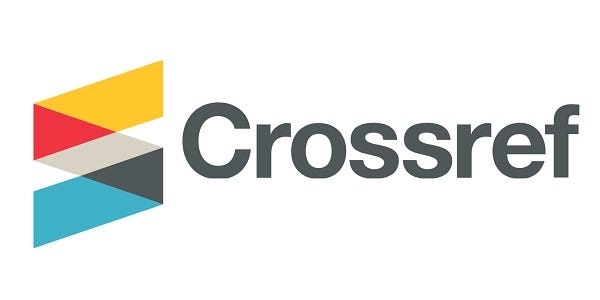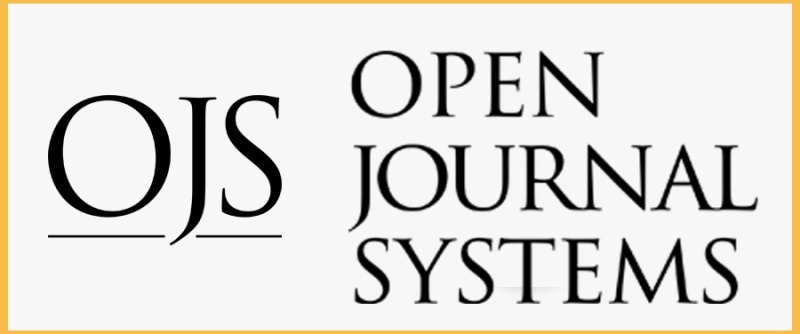MENGATASI KEMACETAN DI LAMPU MERAH DENGAN PENDEKATAN IMAGE PROCESSING
DOI:
https://doi.org/10.47080/iftech.v4i2.2117Keywords:
Camera, Congestion, Intelligent SystemAbstract
The phenomenon of congestion in a big city is generally caused by the large number of vehicles while roads do not develop every year. The growth in the number of vehicles on the highway contributes to a large number of causes of congestion. Congestion often occurs at red light intersections. Various solutions have been implemented such as limiting the number of vehicles based on odd-even numbers by date, limiting motorized vehicles such as motorbikes that are not allowed to pass through the main road, increasing the number of public vehicles and arranging the departure schedule for school children and office employees. The solution has been carried out but there are still long queues of vehicles. One of the reasons for this is because the number of vehicle queues is long while the timer that shows the time to walk or the green light is short. Intelligent systems technology-based approach can be used to overcome these problems. Because humans have limitations to do so, the task can be done by computers. The result of this activity is that the right camera position is next to the traffic timer and the best time to read the image is during the day
References
Goel, V., Singhal, S., Jain, T., & Kole, S. (2017). Specific color detection in images using RGB modelling in MATLAB. International Journal of Computer Applications, 161(8), 38–42.
Hayashi, A., Yokohata, Y., Hata, T., Mori, K., & Obana, K. (2021). Prioritization of Lane-based Traffic Jam Detection for Automotive Navigation System utilizing Suddenness Index Calculation Method for Aggregated Values. 2021 60th Annual Conference of the Society of Instrument and Control Engineers of Japan, SICE 2021, 874–880.
Kumar, N. S., Surendar, A. A., Prasad, S. H., Vishal, V., & Tribhuvanam, S. (2022). Real Time Intelligent Traffic Light and Density Controller–A Literature Review. International Journal of Modern Developments in Engineering and Science, 1(6), 64–66.
Li, A., & Zhang, Y. J. (2022). Modeling material transport regulation and traffic jam in neurons using PDE-constrained optimization. Scientific Reports, 12(1), 1–13.
Meruane, V., Fernandez, I., Ruiz, R. O., Petrone, G., & Lopez‐Droguett, E. (2019). Gapped Gaussian smoothing technique for debonding assessment with automatic thresholding. Structural Control and Health Monitoring, 26(8), e2371.
Netto, A. F. A., Martins, R. N., de Souza, G. S. A., de Moura Araújo, G., de Almeida, S. L. H., & Capelini, V. A. (2018). Segmentation of RGB images using different vegetation indices and thresholding methods. Nativa, 6(4), 389–394.
Pare, S., Kumar, A., Singh, G. K., & Bajaj, V. (2020). Image segmentation using multilevel thresholding: a research review. Iranian Journal of Science and Technology, Transactions of Electrical Engineering, 44(1), 1–29.
Setiawan, I., Dewanta, W., Nugroho, H. A., & Supriyono, H. (2019). Pengolah Citra Dengan Metode Thresholding Dengan Matlab R2014A. JURNAL MEDIA INFOTAMA, 15(2).
Shah, S. K., Mishra, R., Mishra, B. S. P., & Pandey, O. (2020). Prediction of abnormal hepatic region using ROI thresholding based segmentation and deep learning based classification. International Journal of Computer Applications in Technology, 64(4), 382–392.
Waluyo, J. (2020). SOSIALISASI “BERKENDARA YANG BAIK” UU LLAJ NO. 22/2009.
Wei, H., Zheng, G., Yao, H., & Li, Z. (2018). Intellilight: A reinforcement learning approach for intelligent traffic light control. Proceedings of the 24th ACM SIGKDD International Conference on Knowledge Discovery & Data Mining, 2496–2505.
Xiang, J., Dong, Y., & Yang, Y. (2021). FISTA-net: Learning a fast iterative shrinkage thresholding network for inverse problems in imaging. IEEE Transactions on Medical Imaging, 40(5), 1329–1339.


1.jpg)







